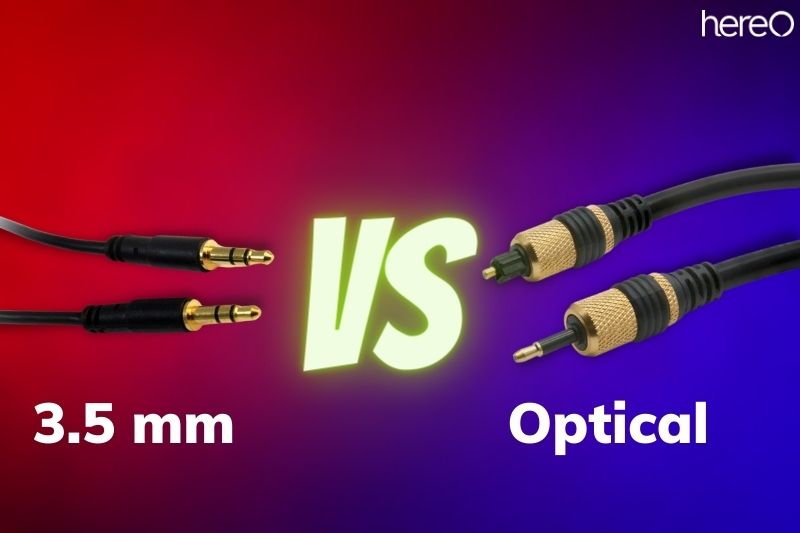Numerous considerations must be made in order for your audio system to produce the optimum sound. Using the proper audio cables to connect speakers to the audio source is one of the key things you need to do right. Optical and 3.5mm audio connections are two of the most used types of audio cables. In this article, we will discuss 3.5 mm audio cable vs optical.
Contents
What Is 3.5 mm Cable
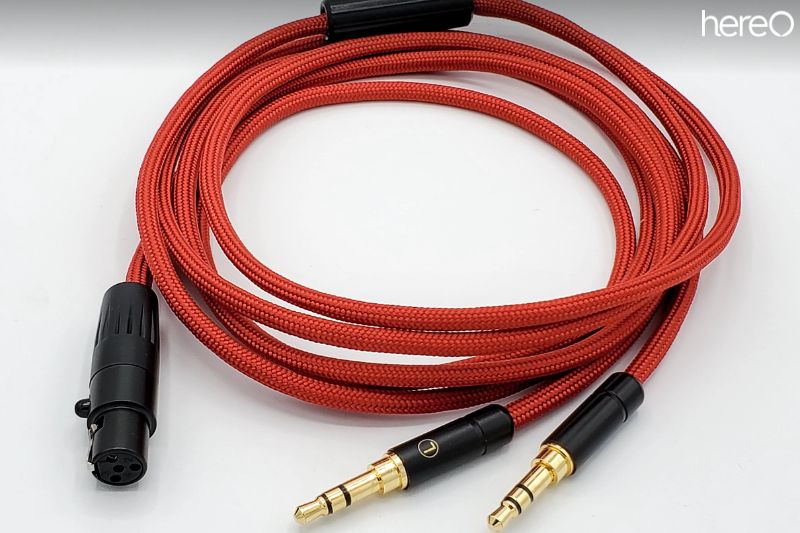
The 3.5mm audio cable is a versatile connector that is used in consumer electronics and computer audio applications. It features a 3.5mm mini connector, which is commonly found connecting headphones and earphones to audio devices.
This connector can also be found on PCs, DVD players, MP3 players, TVs, and CD players, allowing for the transmission of stereo sound.
There are various types of 3.5mm cables, including mini plug to RCA cables which are used to connect iPods and stereos to computers, and patch cables with male 3.5mm connectors at both ends, which can be used to connect a variety of audio devices from car stereos to MP3 players.
When purchasing 3.5mm stereo cables, it is important to be aware of potential problems, such as small and breakable connectors. These connectors are made by bonding copper and gold plated barrels, and their size differences can make them prone to damage.
Additionally, consumer electronics such as digital cameras, camcorders and portable DVD players use 3.5mm connectors for composite video and audio output, with TRS connections being used for mono unbalanced audio plus video, and TRRS connections for stereo unbalanced audio plus video.
What Is Optical Cable

Optical cables are a great alternative to traditional 3.5 mm audio cables, as they can carry much more data than the latter. An optical cable is composed of one or more optical fibers that are coated with a tough layer of resin and then surrounded by a jacket layer, which is typically made of plastic.
This helps provide extra strength to the cable without compromising the properties of the fiber inside. The fiber in an optical cable can be made of either glass or plastic.
Optical fiber cables are commonly used for digital audio connections between devices. They come with a clear jacket and each end is terminated with an optical fiber connector, making it easier to connect and disconnect.
If the cable is to be used outdoors, a loose-tube construction design is usually used. This design consists of semi-rigid tubes that protect the fiber from stretching, allowing the cable to stretch without impacting the fiber inside.
Before connecting the optical cable, you should remove the protective covering from some optical ports, including input and output. As long as the device is turned on, removing the cap reveals a red light inside the port.
The cable will click into place when you enter it. You’ll know the cable has been plugged in properly when you hear a clicking sound. One way only fits an optic wire. The wire has angled corners on one side and square corners on the other.
3.5 mm Audio Cable vs Optical
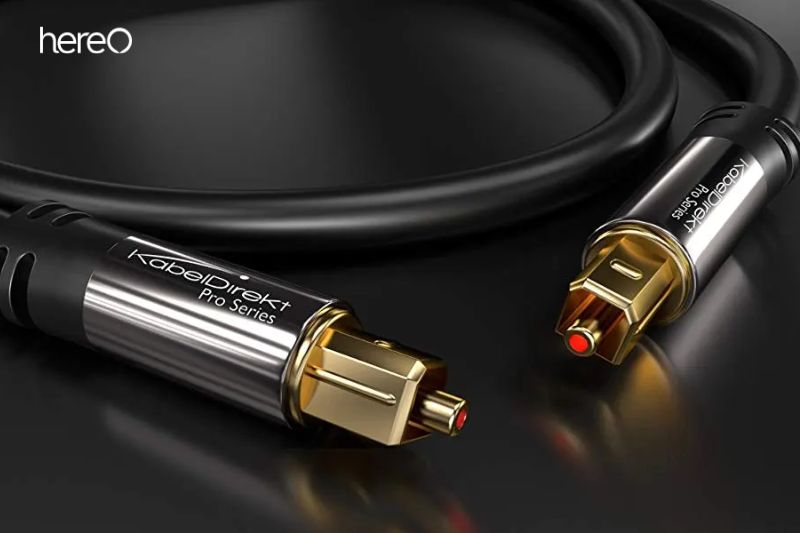
Applications
3.5 mm Audio Cable
The 3.5mm cable is perfect for use in 3.5mm to RCA connections to transfer sound from devices with 3.5mm output ports to active speakers or amplifiers. Additionally, they are utilized in RCA to 3.5mm and 3.5mm to 3.5mm connections.
Most portable electronics, including laptops, portable CD/DVD players, MP3 players, and cell phones, typically have a 3.5mm port. A 3.5mm connection is also included in larger gadgets like TVs, PCs, and AV receivers.
There are various 3.5mm audio cable combinations, including the following:
- 3.5 mm to RCA: A device having a 3.5mm output port and a device with RCA input ports are connected by the cable. The 3.5mm plug end of this cable is connected into a 3.5mm output port, and the RCA plug end is inserted into an RCA port. RCA plugs come in a variety of colors. In stereo audio, the right channel is represented by the RCA plug that is red, whereas the left or mono channel is represented by the RCA plug that is white.
- 3.5 mm to 3RCA: The cable has 3 colored RCA plugs on one end and a 3.5mm plug on the other. The cable is used to transmit audio and S-video signals from a 3.5mm output port. The third RCA plug is colored yellow for S-video, and the first two RCAs are colored white and red for audio. Most often, camcorders and cameras are connected using this form of connection.
- Female 3.5 mm to RCA: The cable has two RCA connectors on one end and a female 3.5mm connector on the other. By placing a 3.5mm male connector into a female 3.5mm jack, it is mostly used to extend a 3.5mm cable.
- RCA to 3.5 mm mono: At one end of the cable are RCA plugs, and the other end has a 3.5mm mono plug. The cable is used to link smaller gadgets to mixers and other approved gadgets. The wire only transmits a monophonic audio stream.
- 3.5 mm male to 3.5 mm female: On one end of the cable is a 3.5mm male plug, and on the other is a female 3.5mm jack. The main purpose of the cable is to increase the distance between two 3.5mm cable connections. For instance, you can use this connection to connect your headphones to a TV in order to view your favorite TV episodes or music videos without bothering other people in the room.
- 3.5 mm patch cable: Both ends of the cable have male 3.5mm plugs. A device with a 3.5mm output port and a 3.5mm input port are connected using the cable. The majority of the time, it’s utilized to link an MP3 player or smartphone to a car audio.
Optical Cable
To establish a digital link between two support devices and transfer digital audio signals, an optical cable is needed. Digital audio is available in stereo or 5.1 surround sound. It is frequently used to link a TV to a 5.1 audio setup.
To improve the sound output of your TV, if it has an optical output, you can connect it to an amplifier or 5.1 home theater system with an optical input. Game consoles, DVD players, and Blu-ray players are additional audio equipment categories that frequently contain optical outputs.
AV receivers, soundbars, amplifiers, and high-fidelity digital-to-analog converters are examples of devices that frequently contain an optical input.
Maximum Length
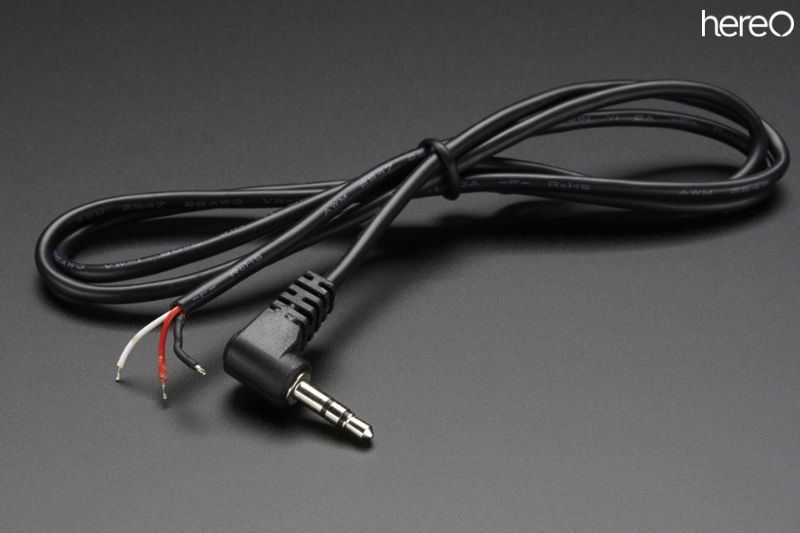
3.5 mm Cable
A 3.5mm cable’s maximum length of 30 meters can be used without any loss in audio quality. Several 3.5mm male to 3.5mm female cables can be used to expand shorter 3.5mm cords. A 3.5mm patch cable can also be extended up to 30 meters without losing sound quality.
Optical Cable
Extremely lengthy cable runs may prevent the use of optical cables. The optimal length for an optical cable of superior quality is 5 meters. A 10 meter optical cable is also available and is capable of performing well. However, audio quality won’t be delivered over an optical connection longer than 10 meters.
Additionally, lengthier optical cable runs may not function properly for some devices. Therefore, the maximum cable length to employ will also depend on the type of devices you’re using.
Sound Quality
The main distinction between 3.5 mm and optical sound quality is that the former uses analog technology while the latter uses digital cable. Analog signals can travel through the source device using a 3.5 mm cable.
Comparatively speaking to digital signals, analog signals are more susceptible to interference. Popping or hissing sounds indicate interference when it exists.
In this sense, we might argue that improved sound can be delivered using optical cable. Additionally, 3.5 mm cables are made of copper and can only transfer sound over analog lines. Even data transmissions take the shape of continuous waves.
On the other hand, optical audio transmits digital data via laser light. Compared to an RCA/3.5 mm cable, it employs a hollow fiber optic wire and can transport more data. The 3.5 mm connector can convey two-channel analog audio and the optical cable can send surround digital signals.
Benefits and Drawbacks of 3.5 mm vs Optical Cable
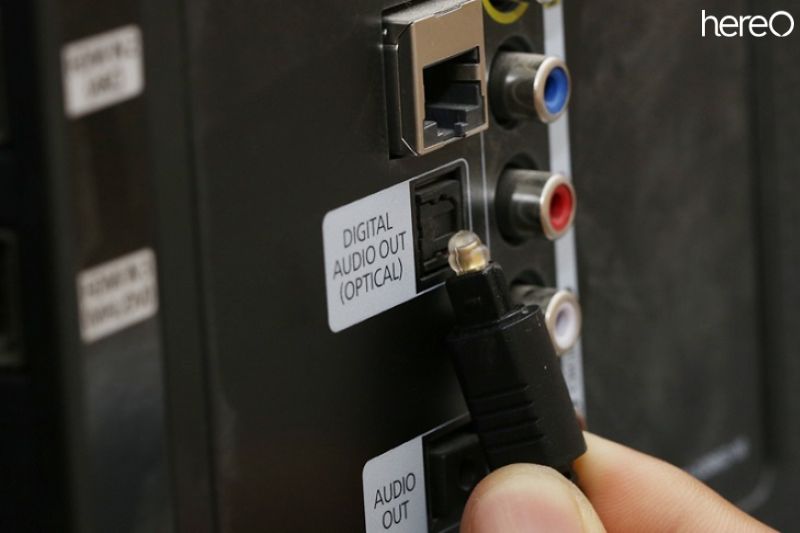
Benefit of 3.5 mm Cable
The widest range of compatibility that 3.5 mm input offers is one of its greatest advantages. You may use it with your home stereo whether you have an iPhone, an Android phone, or a Walkman. Almost all audio devices can be used using 3.5 mm input.
You only need to plug it into the device because it has plug-and-play functionality, which is another fantastic benefit. Additionally, for a reasonable price, 3.5 mm input is also accessible.
Additionally, 3.5 mm cables can offer superior signal separation. They can deliver higher audio quality even when spread out across a large area.
Drawback of 3.5 mm Cable
You must keep in mind that the music player or phone handles the bulk of the work while using the 3.5 mm input. The files are processed by the phone’s hardware before being transmitted over the 3.5mm connector. Line loss can also occur with 3.5 mm cables.
Audio distortion can also be caused via 3.5 mm wires. Remember that the majority of portable devices lack line-level outputs. It may result in more noise being added to the audio signal, which is easily passable through 3.5 mm connections.
Multiple 3.5 mm wires are needed to process surround sound with 3.5 mm, which can be a major mess.
Advantages of Optical Cable
Optical input is superior to 3.5 mm in many ways. There will be high-resolution audio streams in up to 7.1 channels with optical input. Although there isn’t much of a difference in audio quality, it is compatible with the majority of contemporary home theaters.
Optical input produces greater sound quality than AUX input when used with a surround sound system. Because there is no complicated wiring needed, the audio quality is not affected.
Downside of Optical cable
Data loss from optical input can occur with long cable runs. The binary “1s” and “0s” that cause it to occur most frequently come late. This can cause the audio to go silent for a while. A 3.5 mm cable can be quite useful for long cables in this regard.
FAQs about 3.5 mm Audio Cable vs Optical
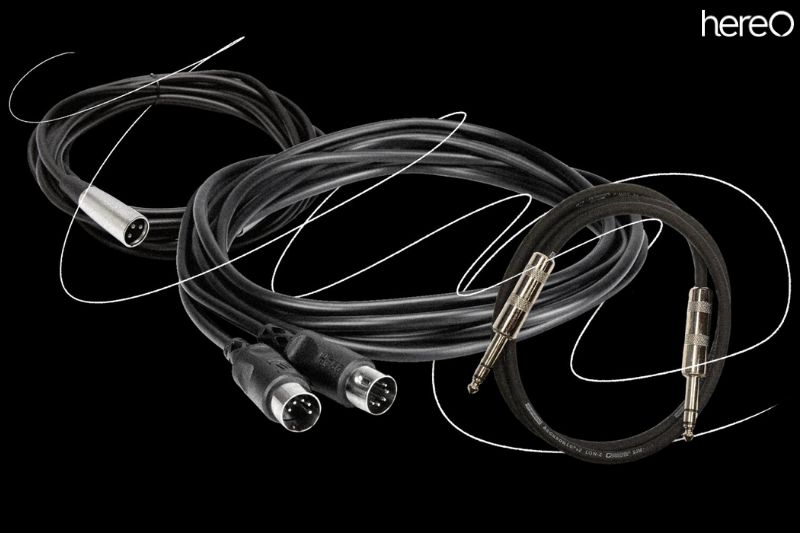
What has better sound quality aux or optical?
Improved channel separation and better spatial quality can be provided through an optical connection.
What can I use instead of an optical cable?
The superior wireless link to HDMI or optical is Bluetooth or WiFi. These will maintain the high definition, surround sound experience you would get through HDMI or optical.
Conclusion
Now that you are familiar with the differences between 3.5 mm audio cable and optical, it’s up to you to decide which one is suitable for your needs. Just remember to consider their distinct advantages and disadvantages before settling on a choice.
HereOfamily thank you for reading our article.
